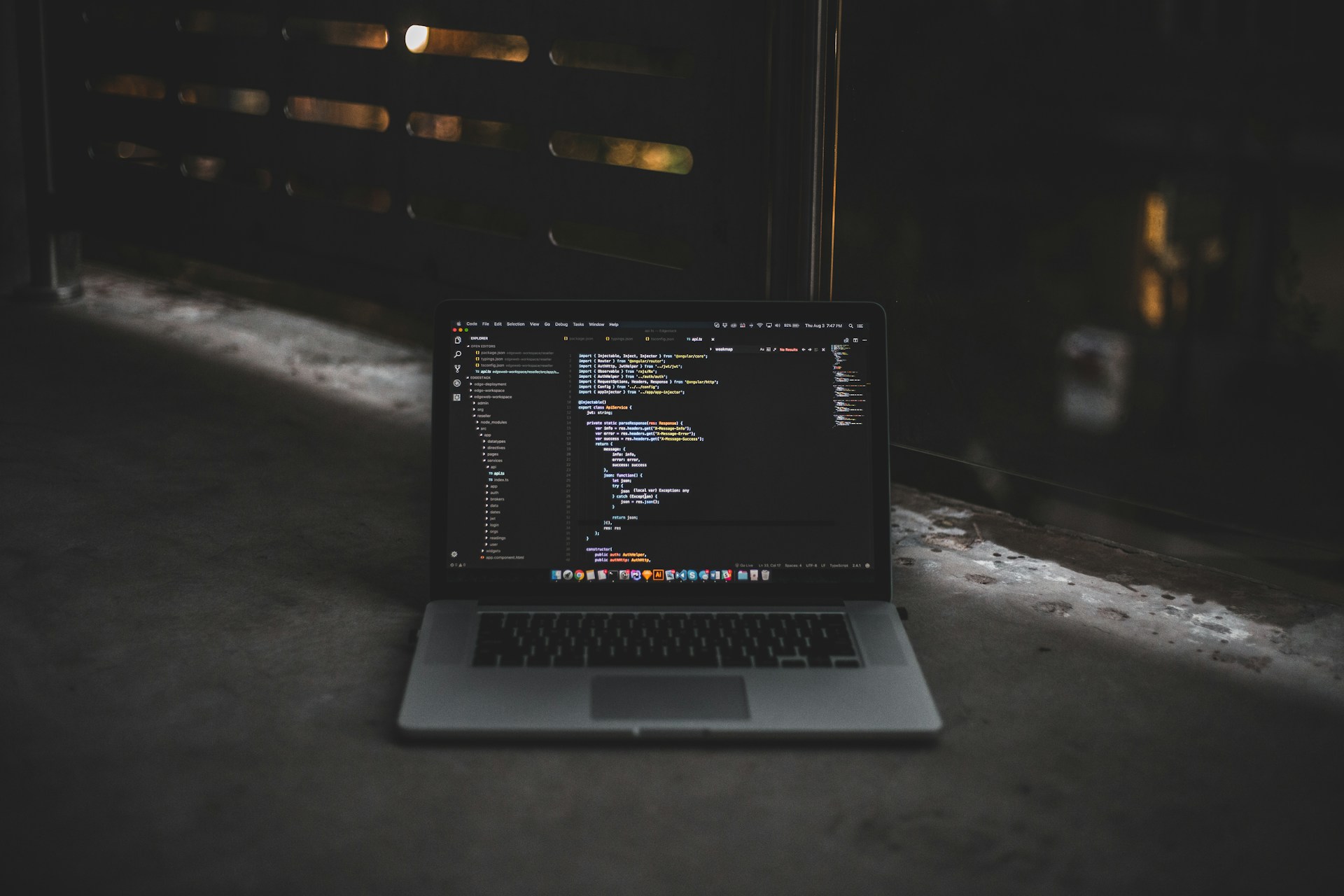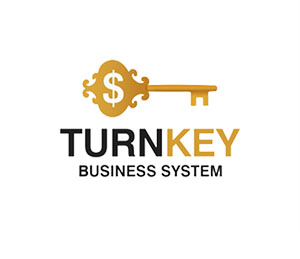
What is Backtesting?
In the world of financial markets, success often hinges on the ability to make informed decisions. One of the most powerful tools available to traders and investors is backtesting . This process allows individuals to evaluate the effectiveness of their trading strategies by simulating them against historical market data.
By doing so, backtesting provides insights into how a strategy might perform in real-world conditions, helping traders refine their approaches and optimize their interactions with financial markets.
In this article, we will explore what backtesting is, why it is essential, how it works, its benefits, limitations, and best practices for conducting effective backtests.
By doing so, backtesting provides insights into how a strategy might perform in real-world conditions, helping traders refine their approaches and optimize their interactions with financial markets.
In this article, we will explore what backtesting is, why it is essential, how it works, its benefits, limitations, and best practices for conducting effective backtests.

What is Backtesting?
Understanding Backtesting
Backtesting refers to the process of applying a trading strategy or analytical method to historical market data to determine its viability. Essentially, it involves "replaying" past market conditions to see how a strategy would have performed during that time. The goal is to assess whether the strategy has the potential to generate consistent profits while managing risk effectively.For example, if a trader develops a moving average crossover strategy, they can use backtesting to evaluate how often the strategy generated profitable trades versus losing ones over a specific period. This historical analysis helps traders identify strengths, weaknesses, and areas for improvement before risking real capital.
Why Backtesting Matters
Backtesting plays a crucial role in optimizing interactions with financial markets for several reasons:1. Strategy Validation
Before deploying a strategy in live markets, traders need to ensure it has a reasonable chance of success. Backtesting provides empirical evidence of a strategy’s performance, helping traders avoid untested ideas that could lead to losses.
2. Risk Management
By analyzing historical performance, traders can identify potential risks associated with their strategies. For instance, they can assess maximum drawdowns, win rates, and risk-reward ratios to determine whether the strategy aligns with their risk tolerance.
3. Confidence Building
Knowing that a strategy has been tested and proven effective in various market conditions boosts a trader’s confidence. This psychological edge can be invaluable when executing trades under pressure.
4. Optimization Opportunities
Backtesting allows traders to tweak parameters such as entry/exit rules, position sizing, and stop-loss levels to improve performance. Through iterative testing, traders can refine their strategies for better results.
5. Cost Efficiency
Testing strategies on historical data is far less costly than experimenting with real money. Backtesting minimizes financial exposure while maximizing learning opportunities.
How Does Backtesting Work?
The backtesting process typically involves the following steps:1. Define the Strategy
Clearly outline the rules of your trading strategy. This includes specifying entry and exit criteria, position sizing, risk management protocols, and any indicators or metrics used (e.g., moving averages, RSI, MACD).
2. Gather Historical Data
Obtain high-quality, accurate historical market data relevant to your strategy. This data should include price movements, volume, and other factors that may influence your trading decisions. Ensure the dataset covers different market conditions, such as bull markets, bear markets, and sideways trends.
3. Simulate Trades
Using specialized software or programming languages like Python, simulate trades based on your strategy’s rules. The simulation should account for transaction costs, slippage, and other real-world factors that could impact profitability.
4. Analyze Results
Evaluate key performance metrics to determine the strategy’s effectiveness. Common metrics include:
Net Profit/Loss: Total earnings or losses over the testing period.
Win Rate: Percentage of winning trades versus total trades.
Risk-Reward Ratio: Average profit per trade divided by average loss per trade.
Maximum Drawdown: Largest peak-to-trough decline in portfolio value.
Sharpe Ratio: Measure of risk-adjusted returns.
5. Refine and Re-test
Based on the results, adjust your strategy to address weaknesses or enhance strengths. Repeat the backtesting process until you achieve satisfactory performance.
Benefits of Backtesting
Backtesting offers numerous advantages for traders and investors:1. Objective Evaluation
Unlike relying on intuition or guesswork, backtesting provides an objective assessment of a strategy’s viability. It removes emotional biases from decision-making.
2. Exposure to Diverse Market Conditions
Historical data often includes periods of volatility, economic crises, and prolonged trends. Testing across these scenarios helps ensure a strategy’s robustness.
3. Faster Iteration
Traders can quickly test multiple variations of a strategy without waiting for real-time market events. This accelerates the development process.
4. Identification of Edge
Backtesting reveals whether a strategy has a statistical edge—a consistent advantage over random outcomes. Without this edge, long-term profitability is unlikely.
5. Educational Value
Even unsuccessful backtests provide valuable lessons about what works and what doesn’t. Each iteration contributes to a deeper understanding of market dynamics.
Limitations of Backtesting
While backtesting is a powerful tool, it is not without limitations. Traders must be aware of these pitfalls to avoid misleading conclusions:1. Overfitting
Overfitting occurs when a strategy is excessively tailored to historical data, making it ineffective in live markets. For example, adding too many parameters or curve-fitting to past trends can create unrealistic expectations.
2. Survivorship Bias
Using only current stocks or assets in your dataset ignores those that failed or were delisted. This skews results by excluding poor performers.
3. Look-Ahead Bias
Incorporating future information unavailable at the time of trading can distort results. For instance, using end-of-day prices for intraday decisions violates chronological accuracy.
4. Assumptions About Execution
Backtests assume perfect execution, ignoring slippage, liquidity constraints, and broker-specific issues that affect real-world trading.
5. Changing Market Dynamics
Historical patterns may not repeat due to evolving market structures, regulations, or economic conditions. A strategy that worked in the past may fail in the future.
Best Practices for Effective Backtesting
To maximize the reliability of your backtests, follow these guidelines:1. Use High-Quality Data
Ensure your historical data is clean, accurate, and comprehensive. Avoid gaps, errors, or inconsistencies that could skew results.
2. Include Realistic Costs
Account for spreads, commissions, and slippage in your simulations. These costs significantly impact net profitability.
3. Test Across Multiple Timeframes
Evaluate your strategy across different timeframes (e.g., daily, weekly, monthly) to confirm its adaptability.
4. Avoid Over-Optimization
Resist the temptation to fine-tune every parameter. Focus on simplicity and generalizability to maintain robustness.
5. Validate with Out-of-Sample Data
After developing a strategy, test it on unseen data (out-of-sample testing) to verify its performance beyond the initial dataset.
6. Consider Forward Testing
Once satisfied with backtest results, conduct forward testing (paper trading) in live markets to validate real-time performance.
Tools and Platforms for Backtesting
Several tools and platforms facilitate efficient backtesting:1. TradingView
A popular charting platform with built-in backtesting capabilities through its Pine Script language. Ideal for visualizing strategies and analyzing results.
2. MetaTrader 4/5
These platforms offer strategy testers integrated with Expert Advisors (EAs), allowing users to automate and backtest trading algorithms.
3. Python Libraries
Libraries like Backtrader, Zipline, and QuantConnect enable advanced customizations for algorithmic traders comfortable with coding.
4. Proprietary Software
Professional-grade solutions like Amibroker and TradeStation provide robust backtesting features for serious traders.
Conclusion: Harnessing the Power of Backtesting
Backtesting is an indispensable tool for anyone looking to succeed in financial markets. By rigorously testing trading strategies against historical data, traders can gain valuable insights, build confidence, and minimize risks before committing real capital. However, it is equally important to recognize the limitations of backtesting and approach it with discipline and realism.Ultimately, backtesting is not just about finding a winning strategy—it’s about fostering a mindset of continuous improvement and adaptability. Markets are dynamic, and no strategy guarantees perpetual success. But with diligent backtesting, traders can stack the odds in their favor and navigate the complexities of modern finance with greater precision and confidence.
Are you ready to take your trading to the next level? Start incorporating backtesting into your workflow today and unlock the full potential of your strategies!
#Backtesting #TradingStrategy #FinancialMarkets









Report
My comments